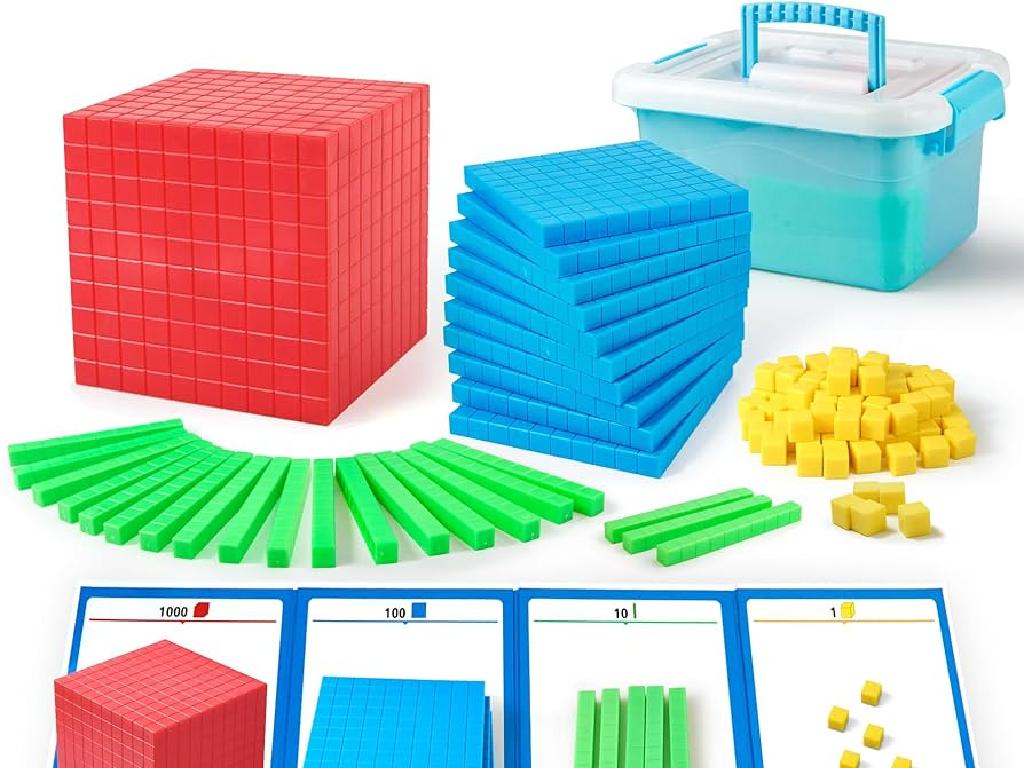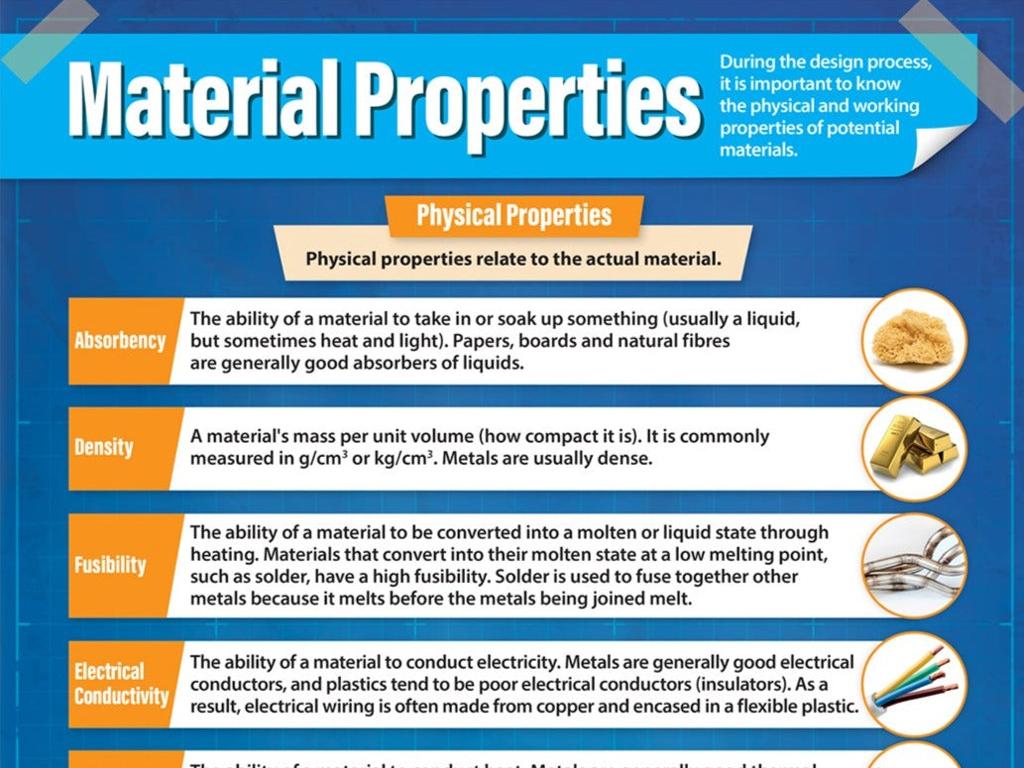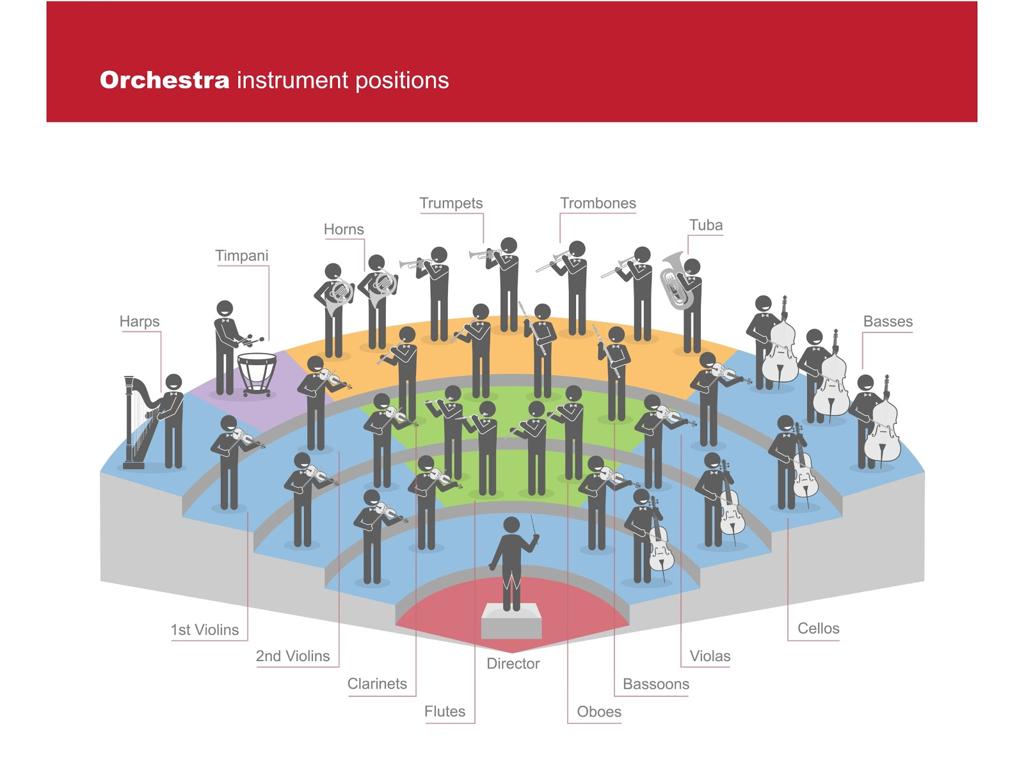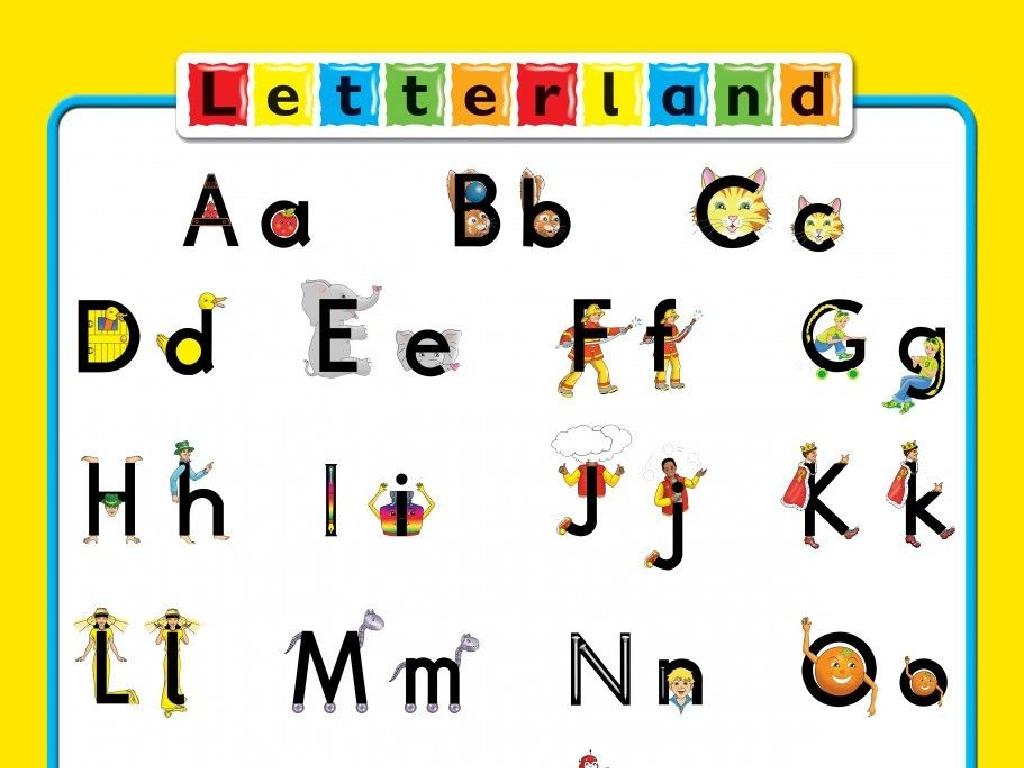Compare Decimals Using Grids
Subject: Math
Grade: Fifth grade
Topic: Compare Decimals
Please LOG IN to download the presentation. Access is available to registered users only.
View More Content
Comparing Decimals Using Grids
– Quick review of decimals
Decimals represent parts of a whole; like 0.5 is half.
– Why compare decimals?
Comparing decimals helps in ordering numbers & understanding value.
– Using grids to compare
Grids show decimals visually, making comparison easier.
– Practice with examples
|
Begin with a brief review of what decimals are and how they represent fractions of a whole, ensuring students recall prior lessons. Emphasize the importance of comparing decimals in everyday situations, such as money transactions, measurements, and data analysis. Introduce grids as a visual tool to help students compare decimals by showing shaded parts of a grid to represent different decimal values. Provide practice examples where students use grids to compare decimals, such as 0.3 vs. 0.7, and explain how to determine which is larger. Encourage students to think of other areas where comparing decimals is essential.
Understanding Decimals
– Decimals represent parts of a whole
– Like pieces of a pie, decimals show a portion of one
– Decimals are based on the number 10
– Each decimal place is 10 times smaller than the one before it
– Decimal places: tenths, hundredths, thousandths
– Places after the decimal point show increasingly smaller fractions
– Visualizing decimals on grids
|
This slide introduces the concept of decimals to fifth-grade students. Begin by explaining that decimals are a way to express fractions and parts of a whole number, using the example of a pie to illustrate parts of a whole. Emphasize that our decimal system is based on the number 10, which means that each place value to the right of the decimal point is a power of ten smaller than the one before it. Clarify the names of the decimal places tenths, hundredths, and thousandths and how they represent fractions of a whole. Introduce grids as a visual aid to help students understand and compare the size of different decimals. Encourage students to draw their own grids and place decimals on them to see which are larger or smaller.
Visualizing Decimals with Grids
– Grids show decimal values visually
– See how decimals look as parts of a whole
– Each grid square equals a decimal place
– One square might represent 0.01 in a 100-square grid
– Color grids to compare decimal values
– Use different colors for different decimals
– Visual comparison aids understanding
|
This slide introduces the concept of using grids as a visual tool to help students understand and compare decimal values. By assigning each square in the grid to represent a specific decimal place value, students can color in the squares to visually compare the size of different decimals. For example, in a 100-square grid, each square could represent 0.01, and students can color in the number of squares to match the decimal they are working with. This visual method makes it easier for students to grasp the concept of decimals as parts of a whole and to compare which decimals are larger or smaller. Encourage students to practice with different decimals and use this method to check their answers when comparing decimal numbers.
Comparing Decimals Using Grids
– Using grids to compare decimals
– Place two decimal numbers on separate grids to compare
– More colored squares indicate larger value
– If one grid has more shaded parts, that decimal is larger
– Analyze colored squares in grids
– Count and compare the shaded parts in each grid
– Relate grid shading to decimal numbers
– Understand that each square represents a decimal place value
|
This slide introduces the concept of comparing decimal numbers by visualizing them on grids. Students will learn that by shading squares on a grid to represent decimal numbers, they can easily compare which number is larger. It’s important to emphasize that each square on the grid represents a specific decimal place value, and the number of shaded squares directly correlates to the size of the decimal number. Encourage students to practice with different decimal numbers and grids to reinforce the concept. Provide examples and have students work in pairs to compare decimals using this method.
Let’s Practice Comparing Decimals with Grids
– Compare 0.3 and 0.5 on grids
– Visualize 0.3 as 3/10 and 0.5 as 5/10 on a grid
– Compare 0.25 and 0.75 on grids
– See 0.25 as 1/4 and 0.75 as 3/4 on a grid
– Determine which decimal is larger
– Is 3/10 bigger than 5/10? How can you tell?
– Understand why one is larger
– Why does 3/4 fill more of the grid than 1/4?
|
This slide is aimed at helping students visually compare decimals using grids, which can make abstract numbers more concrete. Start with 0.3 and 0.5, showing that 0.5 fills up more of a ten-square grid than 0.3, hence it’s larger. Then, move to 0.25 and 0.75, using a four-square grid to show that 0.75 fills up more squares. Emphasize that the more squares filled, the larger the decimal. This visual representation helps students grasp why one decimal is larger than the other. Encourage students to draw their own grids and fill in the squares to compare other decimals as practice.
Comparing Decimals Without Grids
– Transition from grids to mental comparison
– Tips for mental decimal comparison
– Line up decimal points and compare digits
– Practice: Compare 0.62 and 0.6
– 0.62 has two digits after the decimal, 0.6 has one. Add a zero to make 0.60 and compare.
– Practice: Compare 0.9 and 0.89
– 0.9 is the same as 0.90, which is greater than 0.89.
|
This slide aims to help students transition from using visual aids like grids to compare decimals to doing it mentally. Emphasize the importance of lining up decimal points and comparing digit by digit. For the practice examples, guide students to understand that adding a zero after the decimal does not change the value, which helps in comparing two decimals. Encourage them to explain their reasoning for each comparison and validate their answers. This exercise will build their confidence in comparing decimals without visual aids and prepare them for more complex problems.
Class Activity: Decimal Grid Art
– Create decimal grid art
– Choose two decimals to compare
– Represent each on a grid
– Use a 10×10 grid for each decimal
– Share and explain your findings
– Discuss which decimal is larger based on the shaded area
|
This activity is designed to help students visualize and compare decimals using a creative approach. Provide each student with two 10×10 grids. Instruct them to shade in the grids to represent two different decimals they have chosen. For example, if they choose 0.25 and 0.4, they would shade 25 squares on one grid and 40 on the other. Once completed, students will present their artwork to the class and explain which decimal is larger by comparing the number of shaded squares. This hands-on activity not only reinforces the concept of comparing decimals but also allows students to express their understanding creatively. Possible variations for different students could include using different-sized grids, comparing more than two decimals, or incorporating this into a larger art project.
Conclusion: Comparing Decimals with Grids
– Recap: Decimal comparison with grids
– We use grids to visually compare the size of decimals.
– Real-life application of decimal comparison
– Understanding decimals is crucial for money handling and measurements.
– Importance of mastering this skill
– This skill is foundational for more advanced math concepts.
– Up next: Ordering Decimals
|
As we wrap up today’s lesson, it’s important to review the key points of comparing decimals using grids. This visual method helps students understand the value of decimals in a tangible way. Emphasize how this skill is applied in everyday life, such as comparing prices or measuring quantities. Reinforce the importance of mastering decimal comparison as it’s a stepping stone to more complex mathematical operations. Prepare the students for the next lesson on ordering decimals by encouraging them to think about how the skills they’ve learned today will apply to arranging decimals from smallest to largest.






